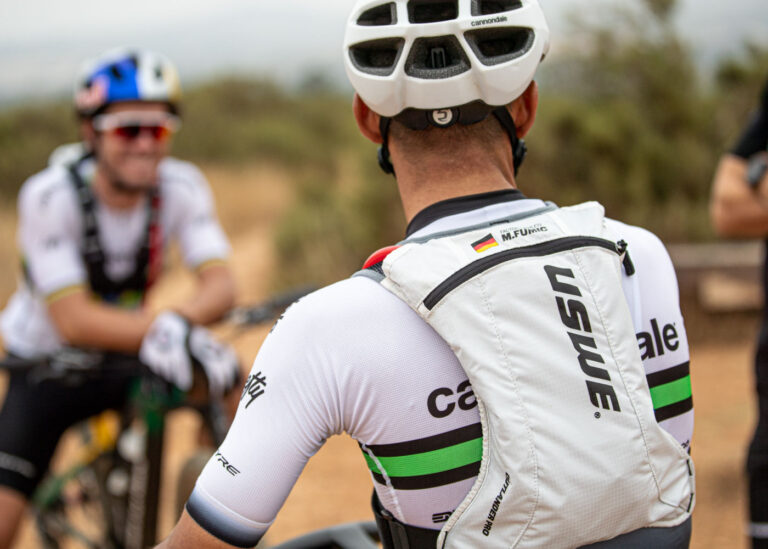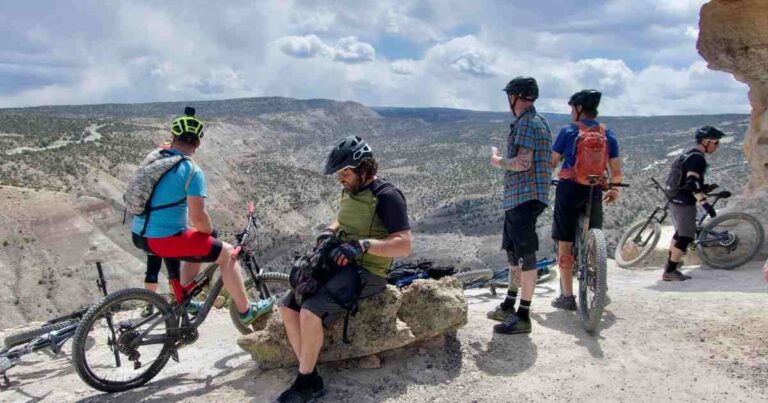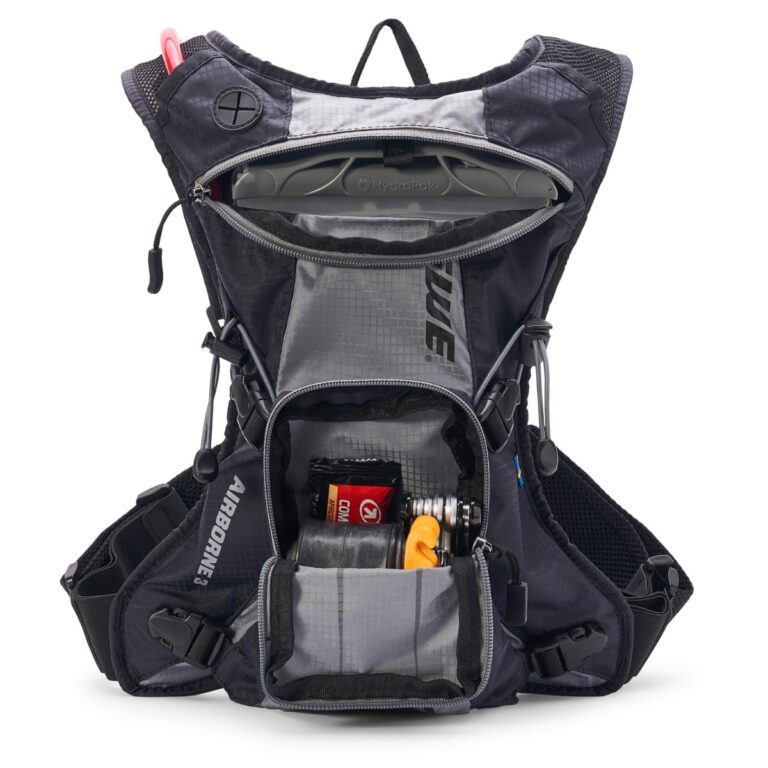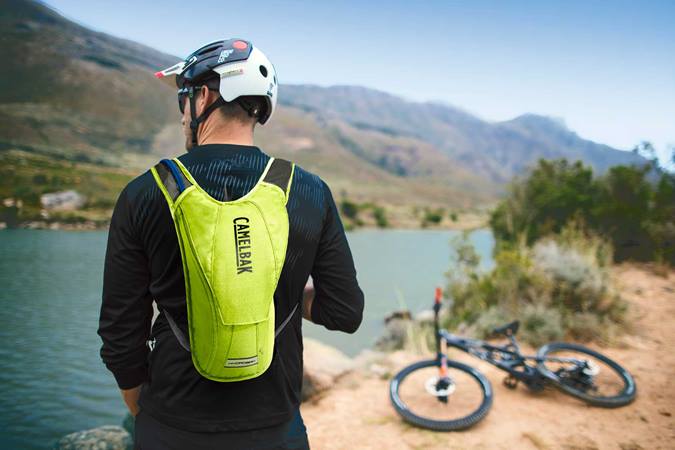Repairing and Troubleshooting Hydration Packs: A Cyclist’s Guide
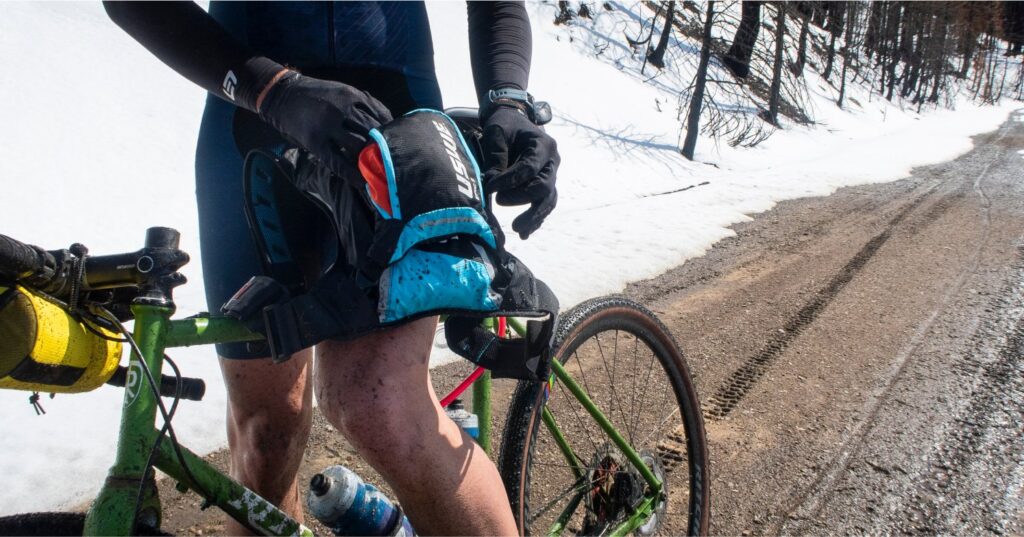
Key Point Summary of Repairing and Troubleshooting Hydration Packs:
- Common Issues with Hydration Packs: Identifying typical problems you may encounter.
- DIY Fixes for Hydration Packs: Simple, effective methods to repair common issues at home.
- Preventative Maintenance Tips: How to keep your hydration pack in top condition.
As a masters cyclist with extensive experience in racing and riding across various disciplines such as mountain biking, gravel biking, and cyclocross, I’ve come to appreciate the vital role of hydration packs in staying fueled and hydrated. Over the years, I’ve encountered my fair share of issues with hydration packs and have learned a thing or two about repairing and troubleshooting them. This article is intended to help beginner to mid-level cyclists navigate the common challenges and offer DIY fixes for their hydration packs.
Common Issues with Hydration Packs
Leaks in the Bladder or Hose
One of the most common issues is finding that your pack is leaking. This can happen at the bladder, the hose, or the connection points.
Difficulty in Sucking Water
Sometimes, you might find it hard to get water through the bite valve, indicating a blockage or an airlock somewhere in the system.
Foul Taste or Smell
If not cleaned properly, hydration bladders can develop unpleasant odors or tastes, often due to bacteria or mold growth.
DIY Fixes for Hydration Packs
Patching Leaks
Small leaks in the bladder can often be fixed with a bicycle tire patch kit. For hose leaks, trimming the damaged section and reattaching it, or replacing the hose, can be effective solutions.
Clearing Blockages
To fix a blockage, disconnect the hose and blow air through it. For bite valve issues, soaking in warm water can help loosen debris.
Cleaning and Deodorizing
Regular cleaning with mild soap and water is crucial. For stubborn smells or tastes, use a mixture of baking soda and water, or specially designed cleaning tablets.
Preventative Maintenance Tips
Regular Cleaning
After every ride, empty and rinse the bladder. Allow it to dry completely to prevent mold and bacteria growth.
Storage Tips
Store the bladder in your freezer between uses. This unconventional method can prevent mold growth.
Check for Wear and Tear
Regularly inspect your hydration pack for any signs of wear, particularly in the hose and connection points.
FAQ
How do you fix a hole in a water bag?
To fix a hole in a water bag, first dry the area around the hole. Then apply a patch kit or strong waterproof adhesive tape specifically designed for gear repair. Ensure the patch fully covers the hole and the area around it for a secure seal. Here’s the video from Y&L on how to fix a leaking Osprey Hydraulics Reservoir/Bladder.
How do I stop my hydration pack from leaking?
To stop your hydration pack from leaking, check and tighten all connections, replace worn or damaged parts like the bite valve or O-rings, and ensure the closure system is properly sealed. Regular maintenance and inspection are key to preventing leaks. If you’re comfortable using hacks, here’s a DIY video on how to fix or repair a leaking CamelBak water reservoir using an iron from Allen George.
How do you fix a hydration pack?
To fix a hydration pack, identify the issue (leak, broken valve, etc.), then repair or replace the damaged part. For leaks, use a repair kit or waterproof tape. Replace faulty valves or tubes as needed, and regularly clean the pack to prevent mold and maintain functionality.
Final Thoughts
Maintaining and repairing your hydration pack is an essential skill for any cyclist, especially those who participate in long rides or races. With these tips and tricks, you can ensure that your hydration system stays in good working order, keeping you hydrated and focused on the ride.
A well-maintained hydration pack is not just about convenience; it’s about health and performance.
John

